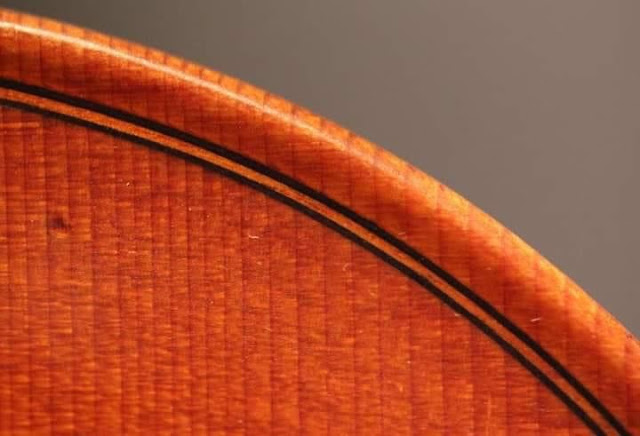The examination by electron microscopy of X-ray diffraction, EDAX, in Cremonese old stringed instruments, which identified certain mineral substance known as “pozzolana”, probably collected in a quarry near the Vesuvius, or in more distant events, at sites of Etna or Stromboli volcanos, which was being used as a sealant or cement mortar alloy, since the Roman Empire, opened a new possibility of research for the acoustics of old bowed stringed instruments.
The “pozzolana”, is nothing more than volcanic ash, a rock too acidic, porous, and lightweight, with high presence of silica that contains the leached and deposited pumices resulting from the micro-crystallization of exhaust gases through the volcanic cone phenomenon which is caused by sudden atmospheric impact.
The properties of low density particle size of the mineral, with corroborating these same features found on spruce, taken by radial cut of the log used to chop the belly and back of the violin, which, when put into vibration, could undo the spurious resonance frequencies of the audible spectrum, driven by increased mass with the same specific weight, and homogeneous resonance, in line with the ff holes (not wanting to say this, that the resonance box of the violin will function as a bass reflex, whose principle is rooted in Helmholtz resonators).
As for the sealing properties of this mineral, and this gray glassy it is waterproof, which, in addition to homogenize the surface of the wood allowing honing an incomparable, against implementation of several coats of a varnish more soft and thick, slow drying because it contains linseed oil, and dye naturally red or yellow, but with characteristics of high brightness, this technique, which this was already known by the Cremona masters, are strongly identified in all his makers, mostly Stradivari and Del Gesù,
It's like our geologists say allegorically: “If there was, or if there was no effusion of basalt on the Botucatu desert; sandstone appeared cooked”. Not known whether there are other components in this preparation, as mentioned above, and if he truly represents key role in the tonal quality of old Cremonese instruments.
💫🎼💫

























.jpg)



.jpg)













































No comments:
Post a Comment